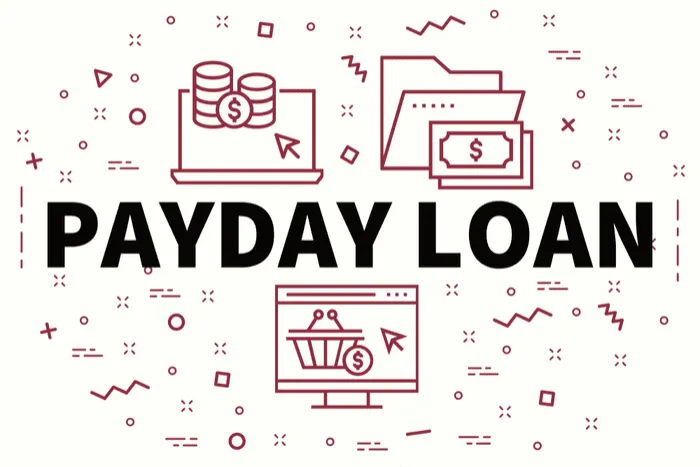How to Make the Most of Credit and Loans in Business Finance

Introduction
Credit and loans play a crucial role in business finance, providing businesses with the necessary funds to grow, expand their operations, or manage day-to-day expenses. This essay aims to provide a comprehensive understanding of loans and how businesses can make the most of them. We will explore what a loan is, specifically focusing on business loans, discuss their purpose and usage in various scenarios, explain how they work, and finally delve into different types of loans offered by banks.
What is a Loan?
A loan refers to a financial agreement between two parties: the lender (typically a bank or financial institution) and the borrower (an individual or business). In simple terms, it involves borrowing money from the lender under specified conditions with agreed-upon repayment terms.
What is a Business Loan?
A business loan is specifically designed for companies seeking financial assistance to support their activities. These loans cater to diverse needs such as purchasing equipment or inventory, funding expansion plans or marketing campaigns, managing cash flow fluctuations during slow seasons, or even consolidating existing debts.
Purpose of Loans
Business financing needs may vary depending on factors such as industry type, growth stage of the company, market conditions, etc. Here are some common purposes for which businesses seek loans:
1. Investment: Companies often require capital investments for expansion projects like opening new branches/offices/factories.
2. Working Capital: Maintaining sufficient working capital ensures smooth day-to-day operations by covering operational expenses like payroll management and inventory maintenance.
3. Equipment Financing: Businesses may need funds to purchase machinery/equipment essential for production processes.
4. Inventory Management: Financing inventory purchases allows businesses to meet customer demand without straining their cash flow.
5. Marketing Initiatives: Securing financing aids marketing efforts like advertising campaigns aimed at increasing brand awareness.
6. Debt Consolidation: Combining multiple debts into a single loan can simplify repayment and potentially reduce interest rates.
Stand out from your competitors by presenting invoices with a unique and professional appearance.
Invoice Temple is the ultimate invoicing solution designed exclusively for entrepreneurs.
Access a diverse selection of invoice templates that cater to different business needs and enhance your brand image.
Sign up and enjoy invoicing for free.
Available on google play store for android and PCs.

How Business Loans Work
When a business applies for a loan, lenders evaluate various factors such as the company's creditworthiness, financial stability, industry performance, and growth potential. The lender assesses the risk associated with lending to the business based on these criteria. If approved, the borrower receives funds in a lump sum or in installments depending on the loan terms.
Repayment of business loans typically occurs over regular intervals through fixed installments or flexible payment schedules. These payments include both principal (the borrowed amount) and interest charges agreed upon at the time of borrowing. It is essential for businesses to make timely repayments to maintain their creditworthiness.
Types of Loans Offered by Banks
Banks offer various types of loans tailored specifically for businesses. Here are some commonly provided options:
1. Term Loans: Term loans involve borrowing a specific amount with predetermined repayment periods and interest rates.
2. Lines of Credit: A line of credit provides businesses access to funds up to a certain limit which can be used whenever needed.
3. Equipment Financing Loans: These loans assist businesses in purchasing equipment necessary for their operations.
4. Invoice Financing: This type allows companies to obtain immediate cash by leveraging outstanding invoices before customers pay them.
5. Small Business Administration (SBA) Loans: Provided by government-backed entities like SBA, these loans support small businesses unable to secure conventional financing due to limited collateral or credit history.
It is crucial for businesses seeking loans from banks to thoroughly research and understand each option's terms, conditions, interest rates, fees involved, and eligibility requirements before making any decisions.
End Line
Businesses can leverage credit and loans effectively by understanding their financial needs clearly and exploring appropriate options available from banks or other financial institutions specialized in providing commercial lending services. By utilizing business loans wisely - whether for investments, working capital management, equipment purchases, or other purposes - companies can navigate financial challenges and fuel sustainable growth. It is important to carefully consider the terms and repayment obligations of loans to ensure they align with the business's financial capabilities and long-term goals.
Also Read...




